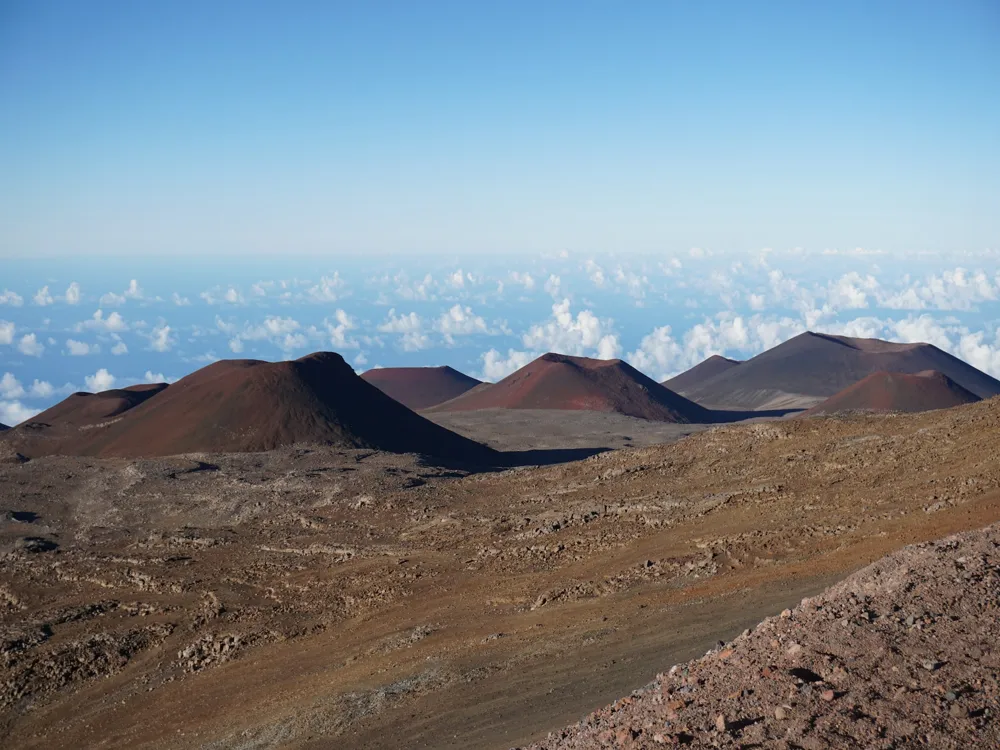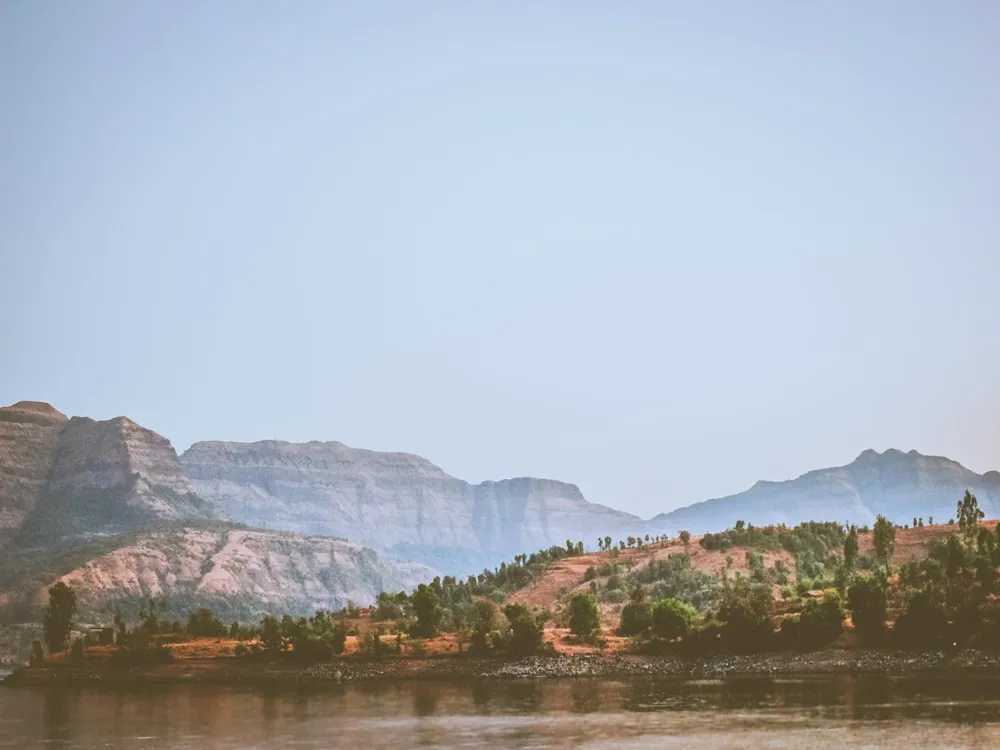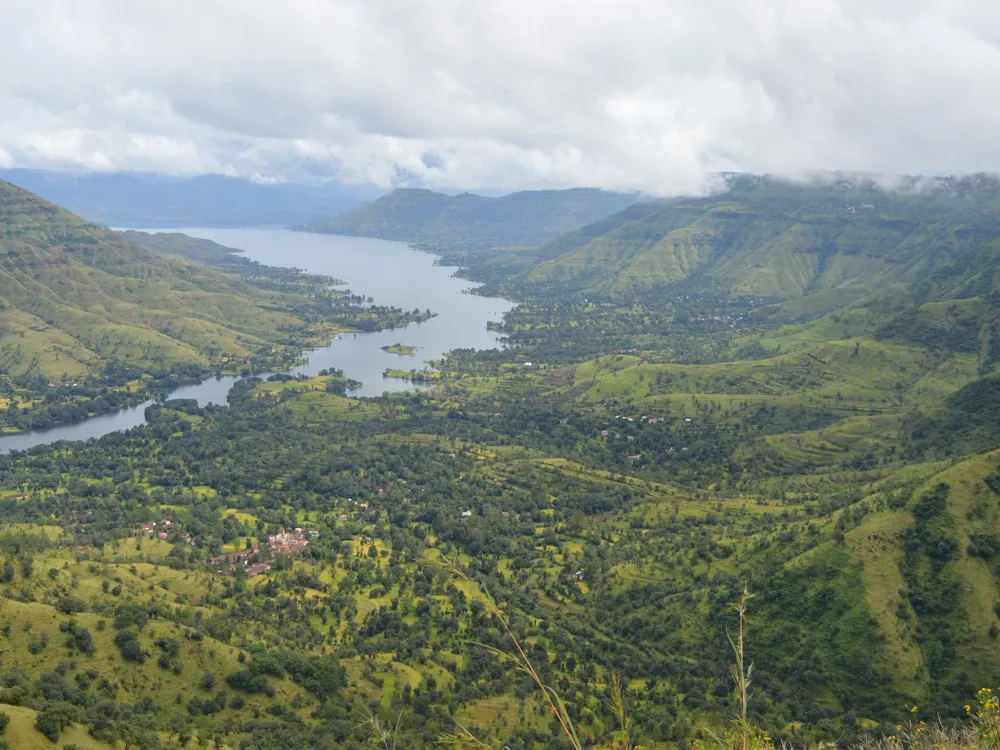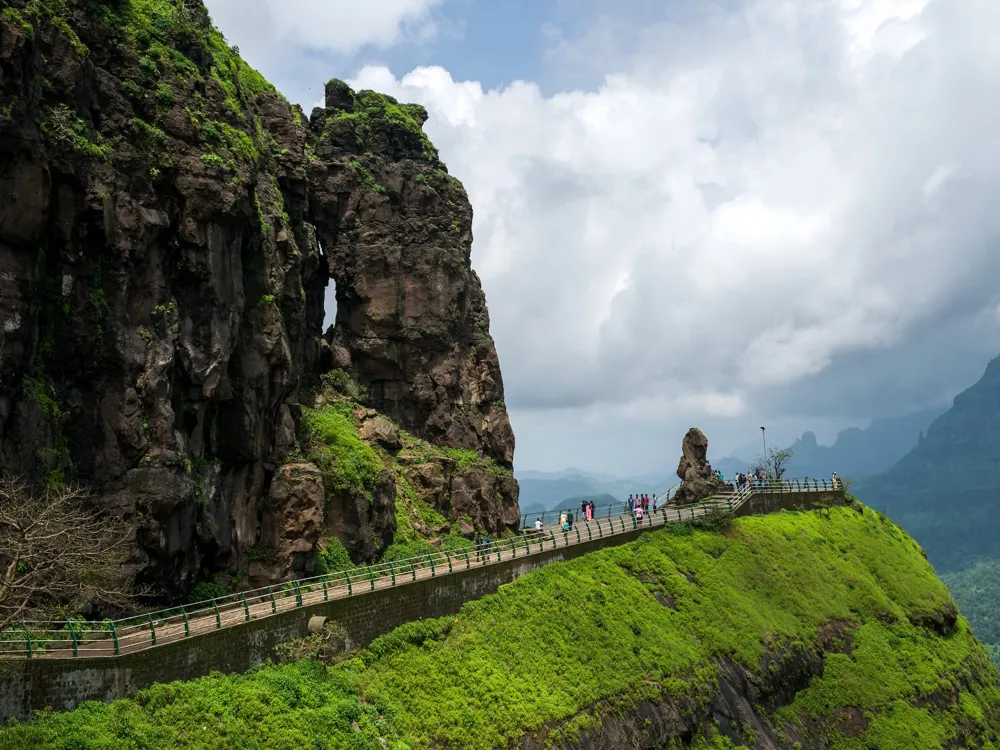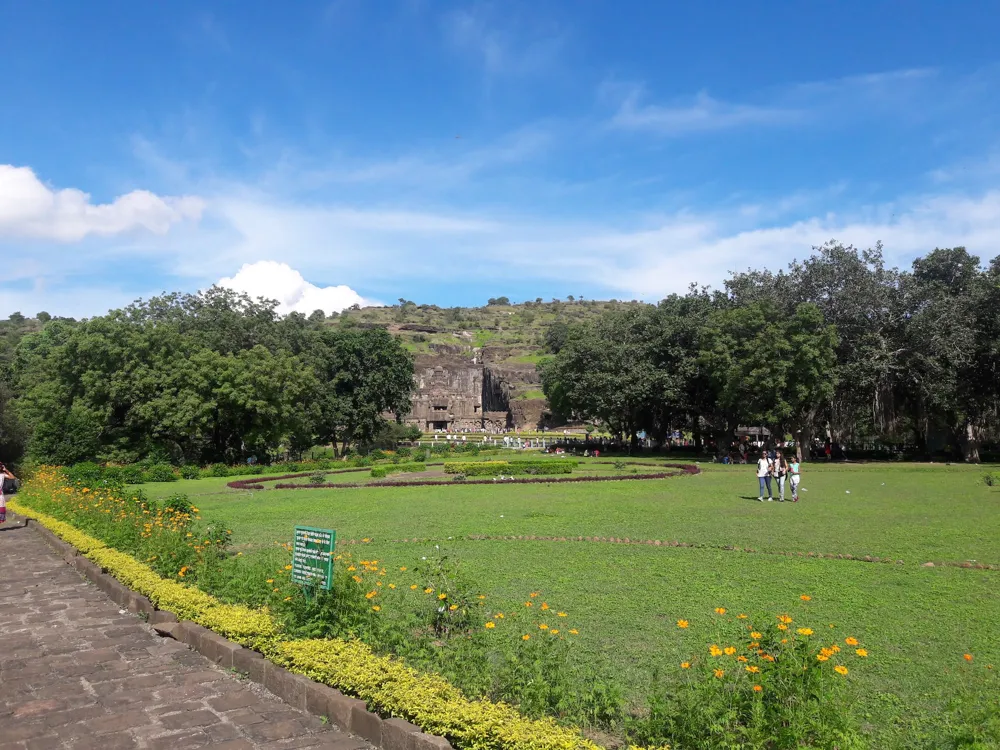Gangapur Dam, an integral part of Maharashtra's landscape, stands as a testament to human ingenuity and nature's splendor. Located in the enchanting city of Nasik, this dam is not just an essential source of water but also a hub for tourists seeking tranquility and natural beauty. Its inception dates back to the early 20th century, a period marked by a visionary approach to water management and infrastructure development in India. The dam was primarily built to address water needs for irrigation, industrial, and domestic purposes in the Nasik region. Over the years, Gangapur Dam has evolved into a critical ecosystem supporting a diverse range of flora and fauna, while simultaneously becoming a popular recreational spot. The dam's surroundings, characterized by lush greenery and a serene atmosphere, offer a stark contrast to the bustling city life of Nasik. This juxtaposition adds to the allure of the dam, making it a preferred destination for both locals and tourists alike. The reservoir formed by the dam, often brimming with water, reflects the azure skies above, creating picturesque vistas that are a photographer's delight. Moreover, the region surrounding Gangapur Dam has developed into a fertile ground for vineyards, thanks to the reliable water supply, thus adding another layer of economic and cultural significance to the area. The architectural marvel that is Gangapur Dam is a product of early 20th-century engineering and design. Its construction involved meticulous planning and execution, considering the geographical and hydrological aspects of the region. The dam is an earthen dam made using local materials, which not only provided strength and durability but also minimized the environmental impact during its construction. The use of such materials and techniques reflects the sustainable practices prevalent during that era. Gangapur Dam's design incorporates a spillway that efficiently manages the water flow, especially during the monsoon season, preventing flooding in downstream areas. This feature is crucial for maintaining the dam's integrity and safeguarding the surrounding communities. Additionally, the dam includes well-designed sluice gates that control the release of water, ensuring a steady supply for various needs throughout the year. The overall structure of Gangapur Dam, with its robust yet simple design, stands as a testament to the engineering prowess of its creators, seamlessly blending functionality with environmental considerations. The ideal time to visit Gangapur Dam is between October and March. During these months, the weather is pleasant, making it perfect for outdoor activities and sightseeing. The monsoon season, although beautiful, can be challenging due to heavy rains and waterlogging. While visiting Gangapur Dam, it's essential to follow safety guidelines. Avoid venturing into restricted areas and always keep a safe distance from the water's edge. During monsoons, be extra cautious as the water levels can rise unexpectedly. For photography enthusiasts, the dam offers myriad opportunities. Capture the sunrise or sunset against the backdrop of the dam for breathtaking shots. The lush green surroundings also provide a perfect setting for nature photography. Gangapur Dam is easily accessible from various parts of Maharashtra. The nearest city, Nasik, is well-connected by road and rail. From Nasik, one can hire a taxi or take a local bus to reach the dam. For those driving, the dam is about a 10-kilometer drive from the city center of Nasik, with clear signages guiding the way. Read More:Overview of Gangapur Dam, Nasik, Maharashtra
Architecture of Gangapur Dam
Tips When Visiting Gangapur Dam
Best Time to Visit
Safety Precautions
Photography Tips
How To Reach Gangapur Dam
Gangapur Dam
Nasik
Maharashtra Goa
NaN onwards
View nasik Packages
Nasik Travel Packages
View All Packages For Nasik
Top Hotel Collections for Nasik

Private Pool

Luxury Hotels

5-Star Hotels

Pet Friendly
Top Hotels Near Nasik
Other Top Ranking Places In Nasik
View All Places To Visit In nasik
View nasik Packages
Nasik Travel Packages
View All Packages For Nasik
Top Hotel Collections for Nasik

Private Pool

Luxury Hotels

5-Star Hotels

Pet Friendly








